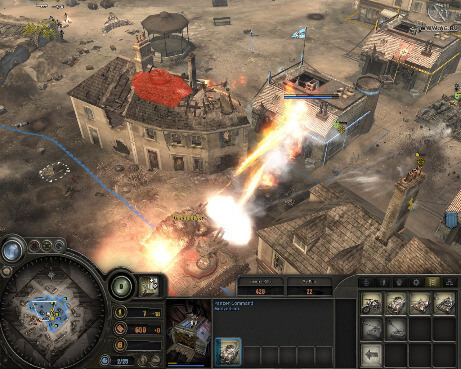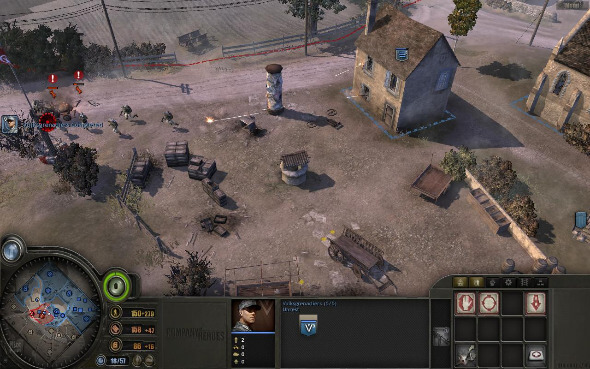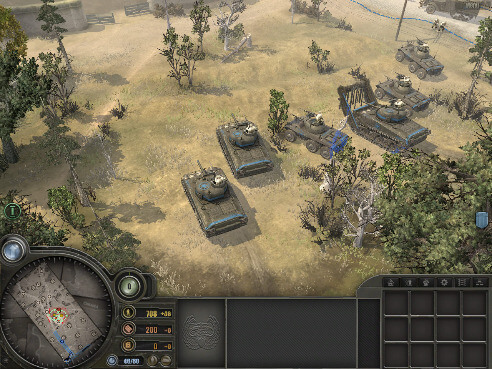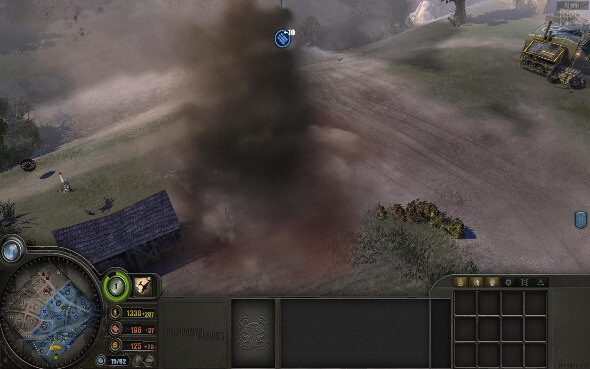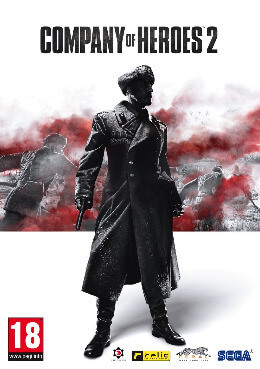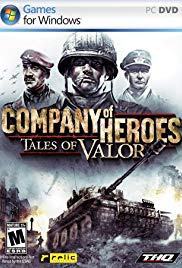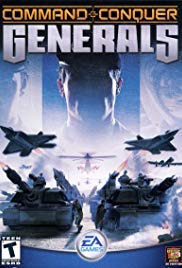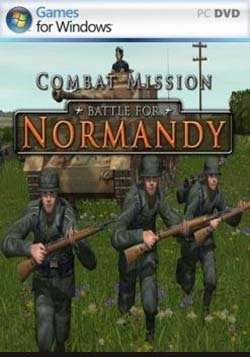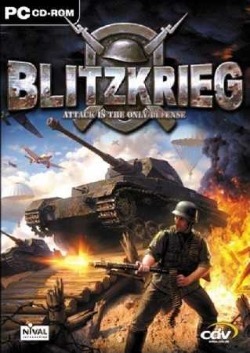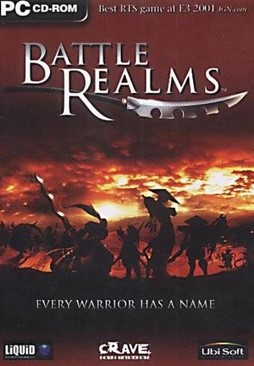Company of Heroes is a 2006 real-time strategy video game developed by Relic Entertainment and published by THQ for the Microsoft Windows and OS X operating systems. It was the first title to make use of the Games for Windows label.
Company of Heroes is set during the Second World War and contains two playable factions. Players aim to capture strategic resource sectors located around the map, which they use to build base structures, produce new units, and defeat their enemies. In the single-player campaign the player commands two U.S. military units during the Battle of Normandy and the Allied liberation of France. Depending on the mission, the player controls either Able Company of the 29th Infantry Division's 116th Infantry, or Fox Company of the 101st Airborne Division's 506th PIR.
Company of Heroes received widespread acclaim, winning multiple awards for the best strategy game of the year. Two expansions were released for the game, the first one named Opposing Fronts in 2007, and the second one titled Tales of Valor in 2009. A free-to-play massively multiplayer online version of the game, Company of Heroes Online, was briefly released as open beta in South Korea in April 2010, before being cancelled in March 2011.
The success of the game led to a sequel, Company of Heroes 2, which was released in 2013. As of January 2013, the whole Company of Heroes series has sold more than 4 million copies worldwide. There was also a film adaptation, starring Tom Sizemore.
Gameplay
Resources
Players must take control of certain points on the map. The more of these points a player controls, the more resources they acquire. This concept demands constant expansion of a player's territory. These points are connected like supply lines, and so, during the course of a battle a player can capture one point in the supply line, isolating the rest which had been connected to the base through it, therefore reducing the enemy's resource intake.
Players collect three resources: manpower, munitions, and fuel. Manpower is necessary to produce all units. Munitions allows players to upgrade individual squads or vehicles and use special abilities. Fuel allows players to purchase tanks and other vehicles, build base buildings and acquire global upgrades. The player can decide, at a manpower cost, to place observation posts on any captured resource points in order to increase the point's production by 40% and make them more durable against enemy takeovers; this means sacrificing resources in the short-term for a greater long-term intake. Resource points must also be connected as any unconnected captured points can not produce resources.
Buildings
Units can occupy a civilian building and convert it into a field barracks, allowing certain units or squads to be created by that building, thus allowing a forward unit production and reinforcement point.
Medic stations can also be built on the field to house medics, who can recover fallen soldiers from the battlefield and return them to the medic station. When enough soldiers are recovered by medics (4 for Germans and 6 for American), they are formed into a combat ready squad by the medic station at no expense of manpower; however, the player must have room for the returned soldiers.
Infantry units can also occupy buildings and use them as cover or a garrison to protect against attack, but this limits their firing range because the infantry are a stationary, immobile target, rendering them vulnerable to sniper fire, grenade/satchel charge attacks as well as being easy to surround. Also, while garrisoned, infantry units can only shoot out of windows or holes blown into a building. Certain weapons are immensely effective against units holed up in a building; satchel charges or infantry-carried rocket launchers can demolish a building, tank fire can blast the building, and infantry or tanks armed with flamethrowers can set the building on fire and burn out the occupants, and finally artillery. However, there are advantages; infantry are well protected from small arms and most buildings are sturdy enough to stand up to limited tank fire before collapsing. Company of Heroes was one of the first World War II strategy games which introduced dynamic building destruction which took advantage of the physics engine used to make the game. For example, if a tank was concentrating its fire on one position of a building near the bottom, then the whole building (once its "health" was completely depleted) would collapse in that specific area first and then the rest of the building would follow.
Occupied buildings can be destroyed after taking fire from enemy units or any other attack, like artillery fire or demolition charges. Civilian buildings cannot be repaired or rebuilt. However, both the Allied and German forces can construct garrisonable buildings (the Allies can build a .30 caliber machine gun nest, while the Germans can construct bunkers).
The Americans can build a barracks and weapons support center to deploy infantry (foot soldiers), a motor pool and tank depot for tanks, vehicles and anti-tank guns. The triage center can heal nearby units that have been wounded from enemy fire. A supply yard is also required to be built before building a motor pool or tank depot which enables upgrades to reduce costs of infantry and tanks.






